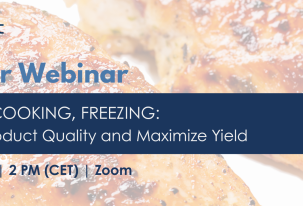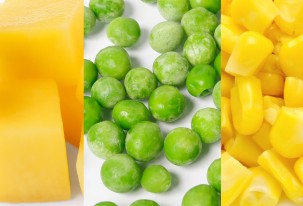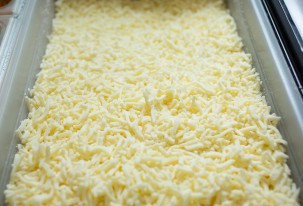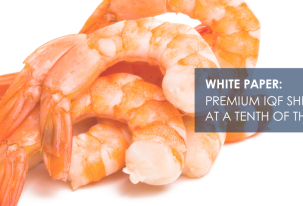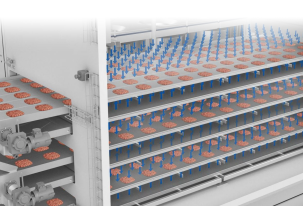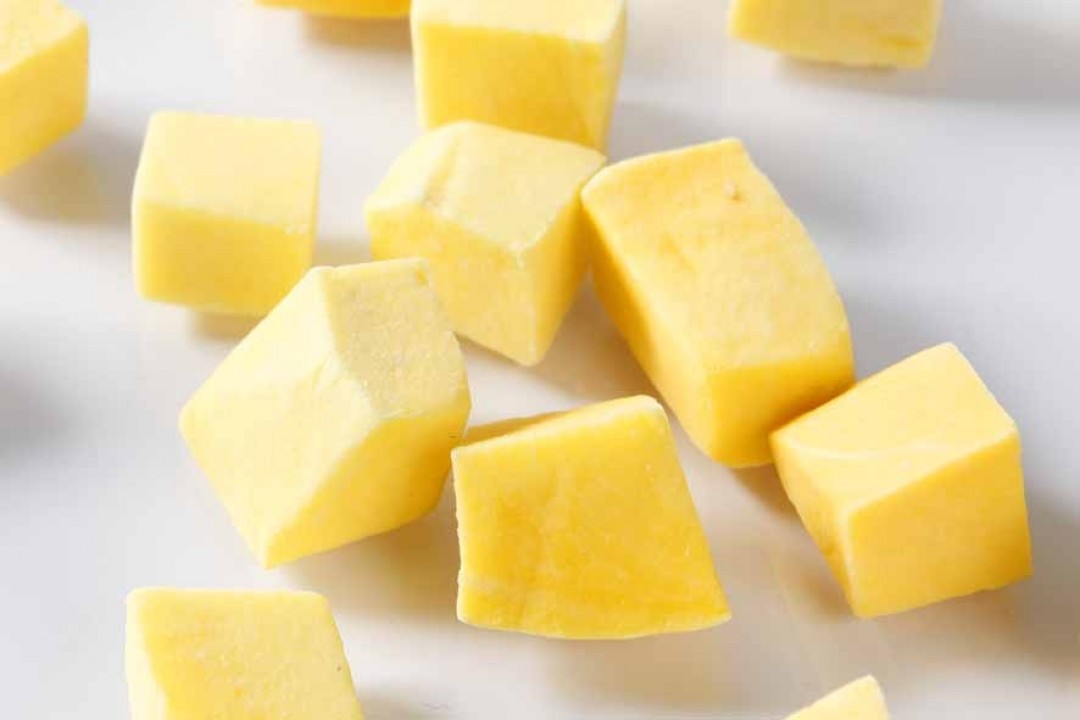
LEARN THE 6 DO’S AND DON’TS WHEN FREEZING IQF MANGO
The global trend for a healthier life is leading to an increasing demand for IQF fruits, especially iqf strawberries, iqf raspberries and iqf mango. By the end of 2016, the global revenues from IQF fruits are expected to reach USD 8 billion. There is a mounting demand for IQF fruits as a raw material in bakery, confectionary and even dairy sector, where IQF fruits are gaining position over canned or dried fruits.
One of the trendiest IQF fruits is IQF mango, which is more and more used for smoothie mixes, frozen salads and confectionaries. Today’s end customer expects to buy a well-separated and good looking mango when opening the package which makes the old freezing methods insufficient. Therefore the mango processors have the mission of delivering high-quality individually quick frozen product.
For achieving a good freezing result with IQF mango, the OctoFrost team has learned a few important do’s and don’ts which can be grouped in 6 main criteria to be kept in mind:
1. Controlling the mango maturity and ripeness degree
It is of high importance to select the right maturity and ripeness of mango before starting the freezing process. The colour of the peel can be used as a good indicator: the fewer brown spots – the better. In addition, when cutting the mango in half, the colour should be evenly yellow and when pressing the finger on the meat, the meat should be firm and the finger prints should not sink too deep into the meat. Ripening speed must be slower than normal in order to achieve a uniform ripeness of the mango meat. It is important to note that very soft meat which is close to the core can form corals or lumps during the freezing process.
2. Controlling the brix level
A widely accepted brix level for mango considered an international standard is in between 11 and 14. However mango in Asia has higher brix and it can be up to 22, which is an attractive product feature but will need careful handling.
3. Selection of cutting and dicing equipment
Hand peel and hand cut of mango with knives is usually recommended. It is important to make sure that the knives which are used are very sharp. Dicing with machines usually results in more irregular shapes on the mango’s edges therefore small pieces must be sorted out after dicing, otherwise these will stick on the mango cubes and create corals in the freezing process.
4. Pre-cooling before freezing
It is extremely important to cool down the mango immediately after dicing. Usually it is recommended to use cooling water close to 0o C as after cooling the mango is transported on the conveyor belt and the temperature will slightly rise before entering the freezer. For good results the temperature of the mango should be lower than 5o C right before entering the freezing.
5. Good dewatering
It is again very important to dewater the mango very well after cooling. The maximum surface water should not exceed 2% and this is important for an optimal freezing result.
6. An even feeding rate of the infeed conveyor
Infeed conveyors with vibrating function prove to be the optimal choice when it comes to freeze IQF mango. It is very important that the infeed conveyor is positioned right and has the right shooting position into the freezer. Keep in mind that too high drop will destroy the surface of the mango. A well distributed sidewise of the infeed equipment and an even feeding rate will prevent lump formation when mango enters the freezer.
We have learned that to handle and process IQF mango in the best way is truly a science, when aiming for the best quality products. The OctoFrost team is always showing support and engagement to the mango processors who want to develop the best methods taking into account the raw material available and the equipment they use.
GET IN TOUCH
